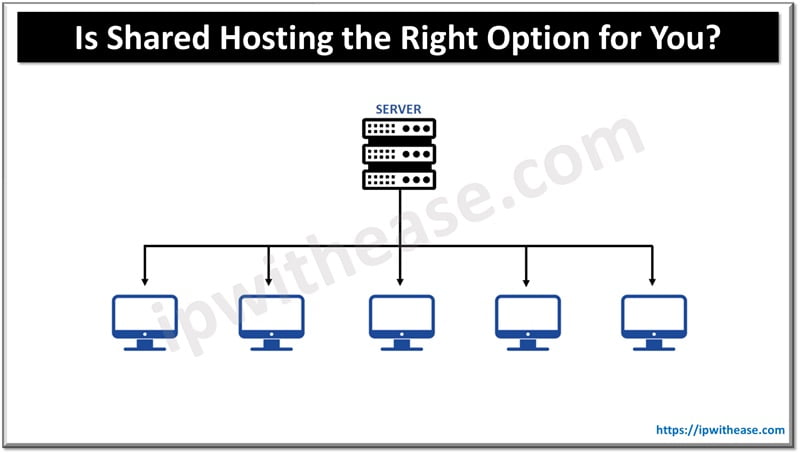Table of Contents
With the increased growth in technology, many more businesses are considering digital migration to make their businesses more available digitally and globally. To make this worthwhile, you need a robust network that can handle increasing amounts of daily traffic while minimizing data loss risks.
Network is therefore an essential productivity tool that also requires close attention to ensure your business is not falling into the hands of cyberattacks. That is why tech leaders must design network architectures that are highly reliable and can defend against unauthorized access.

Looking for how to design a network architecture that minimizes data loss, read on to get more details. Also, you can peruse some of the top data recovery software solutions such as Disk Drill developed by Cleverfiles if you are already a victim of data loss. We have all the details on best strategies for creating and maintaining a secure, efficient network for the digital workplace.
Best Strategies For Making a Secure Network Architecture
Inventory and Diagram all Network
Designing a network doesn’t always have to be from scratch. They’re usually an existing infrastructure just ready to be modernized.
A good strategy is to begin by building an up-to-date inventory of all the network assets. Also, a mapping diagram outlining the current and desired future states of the network will come in handy. Once you have created the right inventory, back up all the existing configurations before implementing any changes.
Consult with Decision Makers
Building a secure and efficient network requires input from decision makers in your field. These should also include things that you need to accomplish and the key resources required to deliver the project.
Implement Least Privilege
Least privilege is an essential principle to implement especially when designing an efficient and secure network architecture. It involves restricting user and system access rights to the minimum required levels for task performance. This reduces the potential impact of security breaches and prevents unauthorized access across all the network segments.
Zero Trust
When designing a secure network architecture, it is advisable that you work with a zero-trust model. What this means is that you should verify every device and user no matter where they come from before authorizing them to access the network segments.
Also, to minimize any chances of data loss, you must implement segmentation with strict access controls. This should be based on need-to-know standards for better traffic management, enforce a tight security, and minimize risk.
Follow Defense in Depth Principles
Defense in Depth is a principle that ensures tech designers are not relying on a single technology, process, or policy to safeguard any part of the network.
With this principle therefore, it is assumed that all the individual layers protecting a network, from firewalls, IP whitelisting, to passwords, could be compromised. As a result, tech leads need to design safeguards that put together multiple unrelated approaches to fully mitigate the threats.
Segment the Network
Another strategy for designing a secure network that minimizes possible data loss risks is to build robust network segmentation. This means dividing the network into several separate zones. Each zone should implement a separate unique access control to reduce attack risks and contain potential breaches. This way, data loss risks will be greatly reduced.
Integrate BFT Principles with the Design
Integrating Byzantine fault tolerance principle in the network design boosts system reliability and security. This is particularly highly recommended where there exists faulty or malicious components.
If you introduce redundancy and segment the network into disk nodes for instance, and integrate separate validation mechanisms for each node, then you will have a network system with the ability to withstand and isolate incidents of failure or compromise.
Automatically Encrypt Data
Cryptographic protection enhances the security and protection of your data. You can automatically encrypt and digitally assign all sensitive data to appropriate groups or roles beginning at the creation stage through its lifecycle.
Limit the Impact of Human Error
Humans are to err and software is very vulnerable. With secure network design, you should be able to design network architectures such that the impact of human mistakes and malware are limited in time and space.
Isolated Traffic
Network designers should have in mind the expected traffic flow and possible threats. The network should be designed in a way that it isolates traffic and permits monitoring and control points so that atypical flows can be spotted and managed effectively.
Despite technologies such as maintaining control points, microsegmentation and intrusion detection blurring separation lines are very key principles in risk proof network design.
Separate Production and Nonproduction Networks
Separation of production from nonproduction networks is one very critical network design principle. The defense works in preventing ransomware attacks from spreading across or between production and nonproduction networks.
Segregate Individual IIOT Processes
Separating Industrial Internet of Things is one other strategy to design networks that minimize data loss risks to businesses. For instance, in manufacturing environments, production processes and their associated IIoT devices should be hosted on obscure networks that have been masked tightly and made air-gapped.
When doing this, ensure that each process and its associated IIoT devices are on different networks. At instances where access to processes or their IIoT devices become necessary, use secure, single point-of-entry platforms only.
Conclusion
In conclusion, there are several ways you can design a secure network architecture that minimizes data loss risks. However, if you ever lose data due to network breaches, we advise that you should quickly use one of the best data recovery apps in the market today.
ABOUT THE AUTHOR
IPwithease is aimed at sharing knowledge across varied domains like Network, Security, Virtualization, Software, Wireless, etc.



